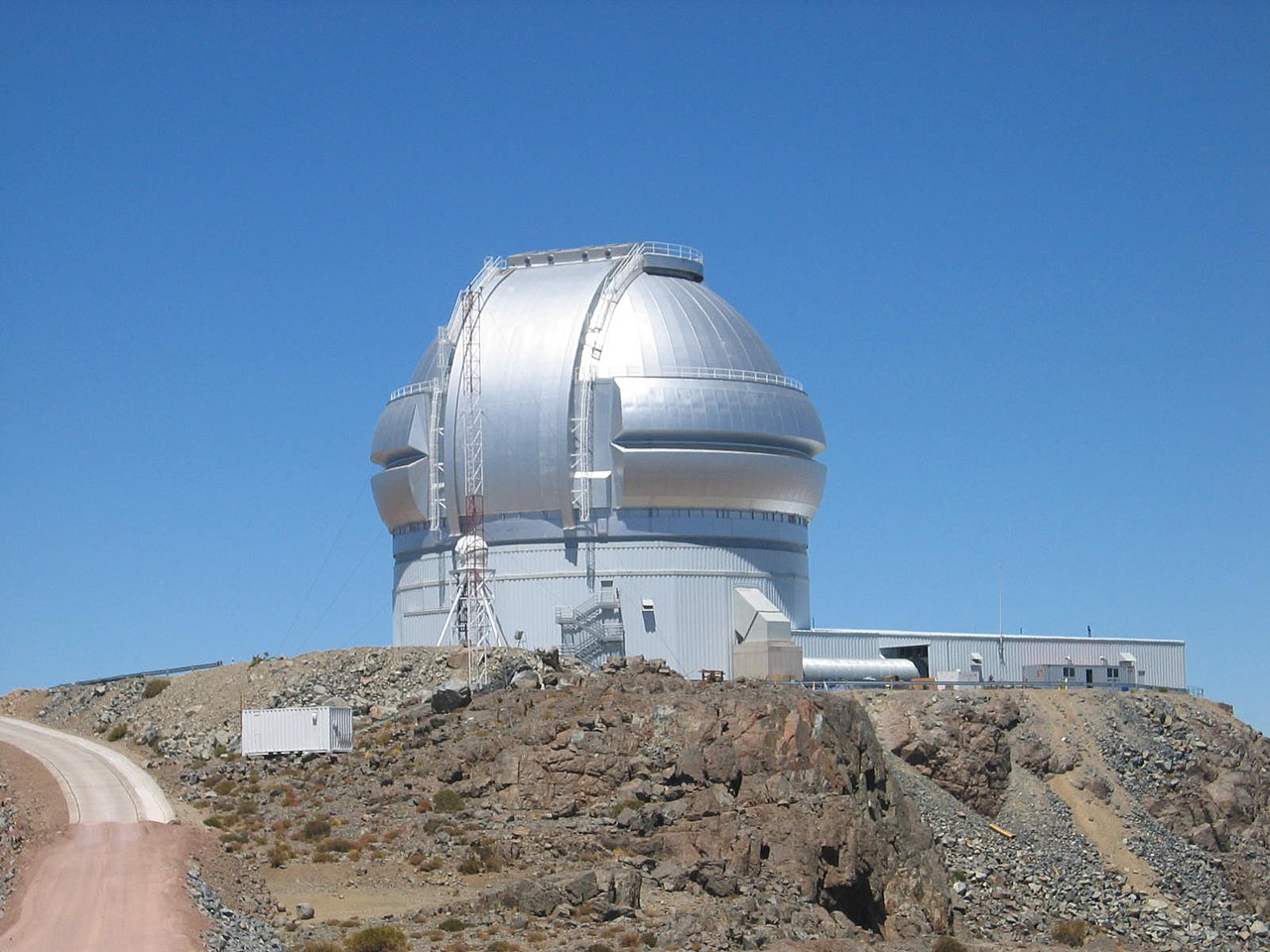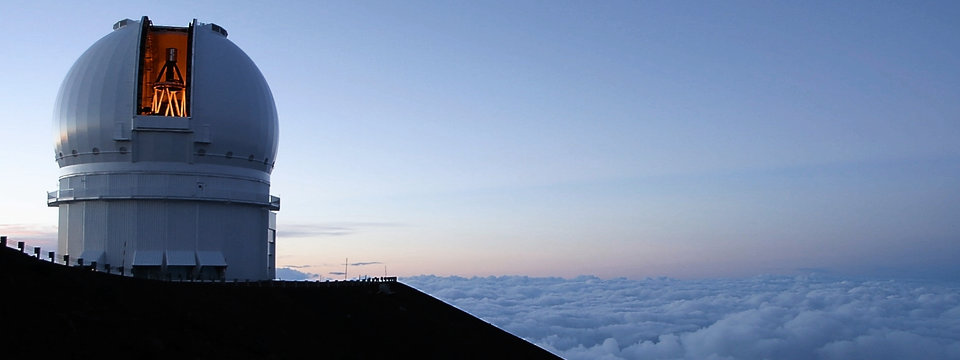SED fitting workshop
Katarzyna (Kasia) Małek
National Centre for Nuclear Research, Warsaw, Poland
Outline
- Part 1 - introduction to introduction
- Part 2 - What does SED stand for?
- Part 3 - The basic anatomy of a galaxy’s SED
- Part 4 - Introduction to CIGALE
- Part 5 - hands on
Part One
introduction
Credit: https://www.almaobservatory.org/
Centaurus A (NGC 5128)

Credit: https://www.almaobservatory.org/
Centaurus A (NGC 5128)

Credit: https://www.almaobservatory.org/
Centaurus A (NGC 5128)

Credit: https://www.almaobservatory.org/
Centaurus A (NGC 5128)

Credit: https://www.almaobservatory.org/
Centaurus A (NGC 5128)

Credit: https://www.almaobservatory.org/
Centaurus A (NGC 5128)

Credit: https://www.almaobservatory.org/
Centaurus A (NGC 5128)
Colour composite image, revealing the lobes and jets originates from the active galaxy’s central black hole. This image was obtained with three instruments:
- submm (870micron) LABOCA/APEXPEX (Chile)
- X ray data from Chandra X-ray Observatory
- optical observations (2.2-m WFI, MPG/ESO, Chile) show the background stars and the galaxy’s characteristic dust lane in close to "true colour".
Centaurus A (NGC 5128)

Credit: ESO Centaurus A LABOCA

Multiwavelength imagery of DustPedia galaxy NGC 368 and Six of the enigmatic blue and dusty gas rich galaxies revealed in Clark et al., 2015
Part Two (a)
SED
Spectral Energy Distribution
- Galaxies emit electromagnetic radiation over the full possible frequency/ wavelength range,
- analysis of this radiation is the main means through which astronomers study galaxies and thus learn about their formation and evolution,
- the distribution of energy over wavelength/frequency is called the Spectral Energy Distribution (SED).


Spectral Energy Distribution
- Galaxies emit electromagnetic radiation over the full possible frequency/ wavelength range,
- analysis of this radiation is the main means through which astronomers study galaxies and thus learn about their formation and evolution,
- the distribution of energy over wavelength/frequency is called the Spectral Energy Distribution (SED).



Spectral Energy Distribution
- Galaxies emit electromagnetic radiation over the full possible frequency/ wavelength range,
- analysis of this radiation is the main means through which astronomers study galaxies and thus learn about their formation and evolution,
- the distribution of energy over wavelength/frequency is called the Spectral Energy Distribution (SED).



But one has to remember, that ..
… we are working (almost only) with broad band photometry


Credit: D. Burgarella
- SED provides a signature that encodes crucial information about a galaxy’s nature and history.
- It allows for the determination of fundamental properties (i.e. a galaxy’s star formation activity, stellar populations, dust content, and evolutionary state).
The SED of galaxy is shaped by nearly every physical property of the galaxy, and among others:
- the initial mass function (IMF),
- the star formation history (SFH),
- stellar populations (SSP),
- the metal content (Z),
- chemical compositions and their evolution,
- dust characteristics (amount, attenuation law, etc.),
- the grain size distribution,
- the star-dust geometry,
- the interstellar radiation field,
- etc.
Some of the fundamental properties of galaxies (i.e. SFR, stellar mass) are easier to measure than others, and each provides important clues regarding the formation and evolution of galaxies.
These quantities, measured from the SEDs of galaxies, have provided the foundation for our modern understanding of galaxy formation and evolution.


Iyer et al., 2025 "The Spectral Energy Distributions of Galaxies"

Credit: M.Hamed




young stellar populations
starsze populacje gwiazdowe
Polycyclic aromatic hydrocarbon
starsze populacje gwiazdowe
old stellar populations
hot dust
cold dust
synchrotron emission (AGN)
hot gas

Credit: https://ned.ipac.caltech.edu/level5/March13/Lagache/Lagache2.html
The ULIRG is observed at redshift z=0.66 and is represented here in the rest-frame (from Galliano 2004).
Astrophysics is full of colours!

GALEX (UV)
(Credit: NASA)

Herschel( Credit: NASA)

VLT (optical) (Credit: ESO)

AKARI (MIR-FIR)
(Credit: JAXA)

GEMINI (opt)

Spitzer (NIR-MIR)
(Credit: NASA)

CFHT (Credit: cfht)

Astrophysics is full of colours (and very complex)!

Iyer et al., 2025 "The Spectral Energy Distributions of Galaxies"
Part Two (b)
SED - how to fit?
HOW TO FIT SED?

Credit: D. Burgarella
HOW TO FIT SED?


HOW TO FIT SED?




HOW TO FIT SED?

Stellar & dust emissions fitted separatly
HOW TO FIT SED?


Credit: D. Burgarella
HOW TO FIT SED?

to use all the data in a consistent way
What we can model?
we can do it under the assumption of the energy balance
- stellar populations,
- dust emission/evolution,
- gas content,
- etc

Pacifici et al., 2023
The basic flow of the SED-fitting process, which requires understanding the data set, setting the priors, testing the assumptions, running the selected tool, and evaluating the results.

https://github.com/bd-j/prospector

https://github.com/bd-j/prospector

https://github.com/bd-j/prospector

https://github.com/bd-j/prospector
sSFR=SFR/Mstar

https://github.com/bd-j/prospector

https://github.com/bd-j/prospector

Credit: https://github.com/bd-j/prospector
Part Three
The anatomy



STAR FORMATION HISTORY

Dust emission + dust re-emission: dust radiates energy absorbed in the UV and optical at relatively low, mid-IR to sub-mm wavelengths.
dust attenuation

Credit: Boquien et al., 2019
DUST ATTENUATION
(absorption and scattering of star light by dust)


Credit: M. Hamed


Credits: NASA
a key component of the interstellar medium (ISM)
- dust particles are formed as a product of stellar evolution,
- they are formed in the environment of evolved stars and then they are ejected into the interstellar medium,
- their sizes range from a few nm to a few μm,
- the main building block is carbon, including graphite + silicate,
- its presence in galaxies is "noticeable" as
- emission in the IR wavelenghts,
- modification of the stellar continuum (UV - NIR)
dust attenuation


AGN emission

Credit: Boquien et al., 2019

Toba et al., 2021

x-ray eROSITA
Credit: Guang, KM et al., 2022

Radio LOFAR
KM preliminary results

Radio LOFAR
X-ray Chandra
Part Four
CIGALE
Do we have to use CIGALE?
Pacifici et al., 2023

Pacifici et al., 2023
z~1



Pacifici et al., 2023
z~3



The basics of the spectral energy distribution (SED) fitting methods is to reconstruct the stellar (and dust) emission of a galaxy with population synthesis models and SFH of varying complexity with free parameters based on the multi-λ broadband including dust attenuation.
SED fitting a method commonly used to derive physical parameters useful to quantify galaxy evolution, the most popular ones being the SFR and the Mstar.

CIGALE
Code Investigating GALaxy Emission
http://cigale.lam.fr/
For each galaxy the best value for each parameter as well as the best fitted model is found using the Bayesian-like statistical analysis (χ2 ); In the next step, the physical values are calculated based on the probability distribution function (PDF) of the derived parameters of interest

CIGALE
Code Investigating GALaxy Emission
http://cigale.lam.fr/

different modules for the SED fitting (but not all of them)
+ X-ray + radio ect
Basic models for CIGALE
SFH: model composed of two decreasing exponentials; delayed tau model; your own model from the file,
stellar Bruzual and Charlot (2003); Maraston 2005,
nebular computing the nebular emission from the UV to the NIR. It includes both the nebular lines and the nebular continuum.
att. Calzetti et al. (2000) & Leitherer et al. (2002); Charlot & Fall (2000)
IR Dale et al. (2014); Draine and Li (2007); Casey (2012)
AGN Fritz et al. (2006) AGN dust torus emission; Dale et al. (2014), Stalevski et al., (2016) - SKIRTOR (clumpy torus + att)
radio: Synchrotron radio emission based on the radio-IR correlation, a free power–law spectral slope, and the assumption that at 21 cm the spectrum is dominated by non–thermal emission
Basic models for CIGALE
One can also write his model to include it in the pipeline!
Part Five
Hands on

Pacifici et al., 2023
The basic flow of the SED-fitting process, which requires understanding the data set, setting the priors, testing the assumptions, running the selected tool, and evaluating the results.

http://www.stsci.edu/~dcoe/BPZ/sedanim.gif

https://ogrisel.github.io/scikit-learn.org/